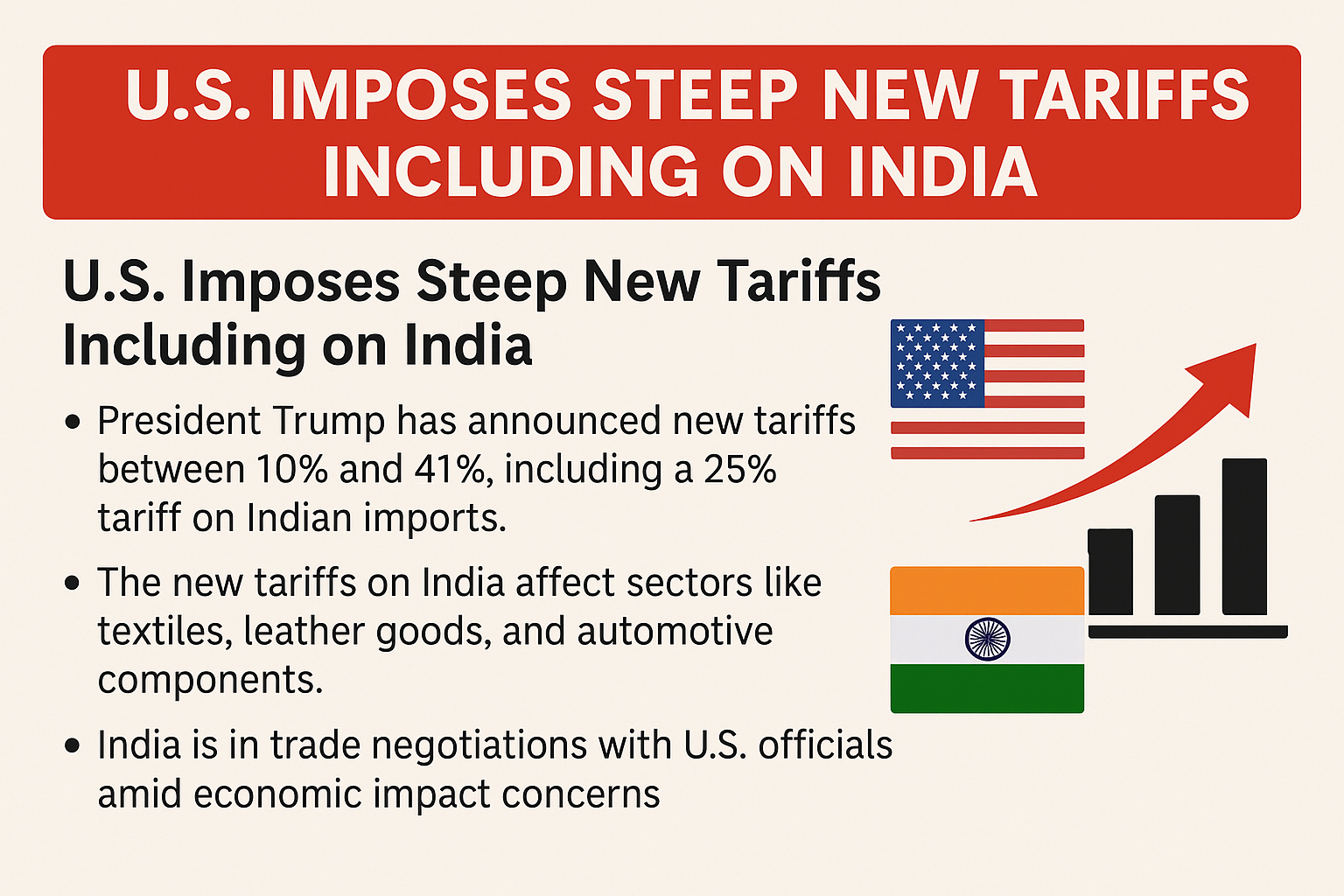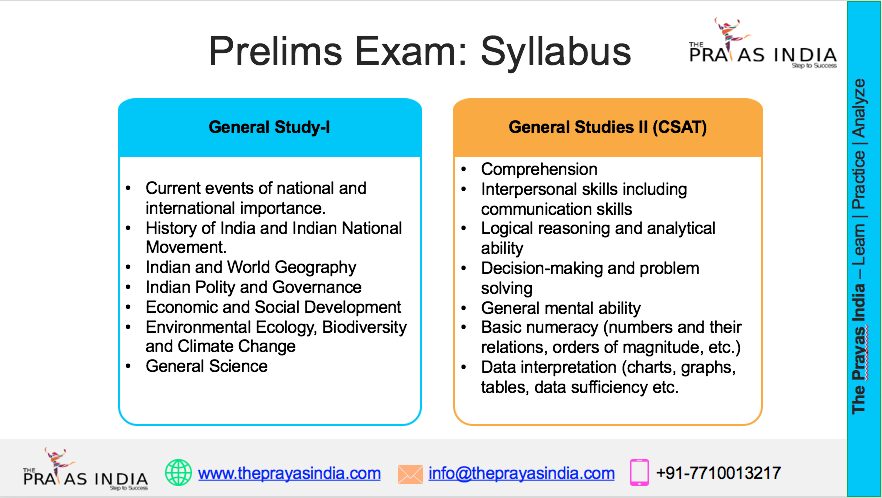US Imposes Steep New Tariffs Including on India: A Major Blow to Indian Exports
Introduction
On August 1, 2025, the United States government, under President Donald Trump, announced a major trade policy shift by imposing new tariffs ranging from 10% to 41% on imports from over 70 countries. Among the hardest hit is India, which now faces a 25% tariff on a wide range of exports. This decision has sparked significant concern in Indian economic, diplomatic, and export circles, given the critical trade relationship between the two nations.

What Are These New Tariffs?
The U.S. has cited its reciprocal trade strategy as the foundation for these tariff hikes. This means the U.S. intends to impose tariffs that mirror or exceed those levied by its trading partners on American goods. In India’s case, the 25% duty applies to sectors like textiles, leather goods, automotive components, engineering products, and chemical-based exports, which together form a large portion of India’s U.S.-bound trade.
How Will This Impact India?
1. Export Slowdown
India’s exports to the U.S. were expected to cross $85 billion in 2025, but analysts now estimate a potential decline of 25–30% due to the higher costs making Indian products less competitive in the U.S. market. Small and medium enterprises (SMEs), especially in textiles, gems and jewelry, and leather, are likely to be the most affected.
2. GDP Growth Concerns
According to financial experts, if these tariffs remain in place beyond September 2025, India’s GDP growth for FY 2025–26 could fall below 6.2%, impacting employment and investment in export-driven industries.
3. Trade Negotiations Underway
The Indian government has initiated high-level trade talks with U.S. representatives. While exemptions have been granted to some other countries, India has so far not received any concessions, making it a focal point of the current global trade friction. New Delhi is also leveraging its strategic importance in Asia to push for a diplomatic resolution.
4. Sector-Wise Analysis
| Sector | Impact Level | Reason for Vulnerability |
|---|---|---|
| Textiles & Apparel | Very High | Labor-intensive and price-sensitive |
| Leather Goods | High | High dependency on U.S. markets |
| Pharma | Low | Exempted from new tariff list |
| Automobiles | Medium | Partial tariff exposure |
| IT Services | Low | Non-tariff-based industry |
Why Is India Being Targeted?
Experts believe India is being “made an example” in this global trade reset due to its growing strategic ties with Russia, including defence imports and discounted crude oil deals. While the U.S. continues to court India as a counterbalance to China, trade friction reveals the complexity of this partnership.
What Can Be Done?
India is now focusing on:
- Strengthening bilateral diplomacy
- Exploring alternate export markets in Europe, Southeast Asia, and Africa
- Expanding its domestic manufacturing base under the Make in India and Atmanirbhar Bharat initiatives
Industry bodies have urged the government to provide export subsidies, policy cushions, and interest subvention schemes to help mitigate the losses in key sectors.
Conclusion
The U.S. tariffs on India mark a critical turning point in global trade relations and call for a calculated response from policymakers, exporters, and industry leaders. For aspirants preparing for UPSC, SSC, Bank, and MBA entrance exams, understanding this evolving trade policy landscape is essential—not just for current affairs but also for economic analysis and international relations.




![Prayas-तेजस [UPSC CSE Sociology Optional] – Online & Offline](https://theprayasindia.com/wp-content/uploads/2025/09/Prayas-तेजस-UPSC-CSE-Optional-Subject-The-Prayas-India-300x300.png)
![Prayas-सूत्र [UPSC CSE Materials (Hardcopy)]](https://theprayasindia.com/wp-content/uploads/2025/09/Prayas-सूत्र-UPSC-CSE-Study-Materials-Hardcopy-The-Prayas-India-300x300.png)
![Prayas-मंत्रा [UPSC CSE CSAT]](https://theprayasindia.com/wp-content/uploads/2025/09/Prayas-मंत्रा-UPSC-CSE-CSAT-The-Prayas-India-300x300.png)
![Prayas सारथी [UPSC CSE One on One Mentorship]](https://theprayasindia.com/wp-content/uploads/2025/09/Prayas-सारथी-UPSC-CSE-One-on-One-Mentorship-The-Prayas-India-300x300.png)










